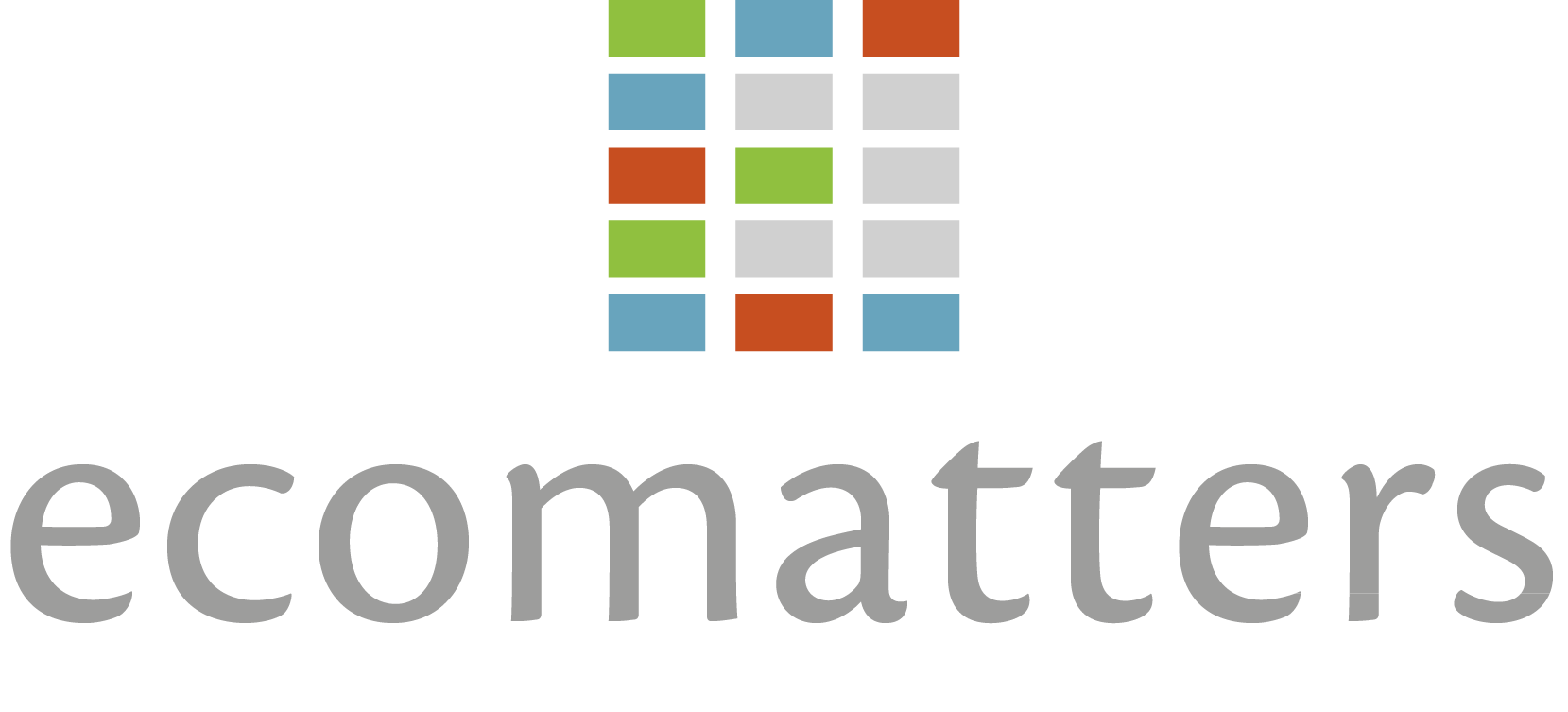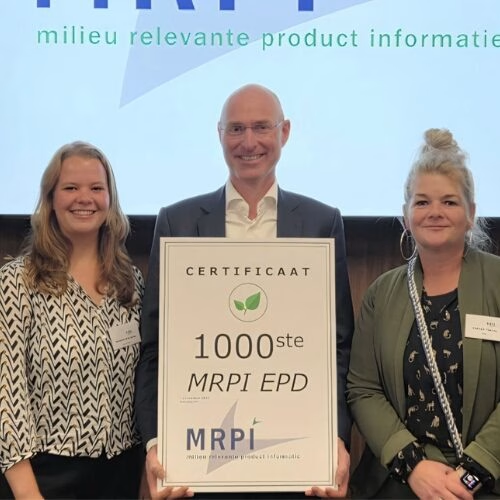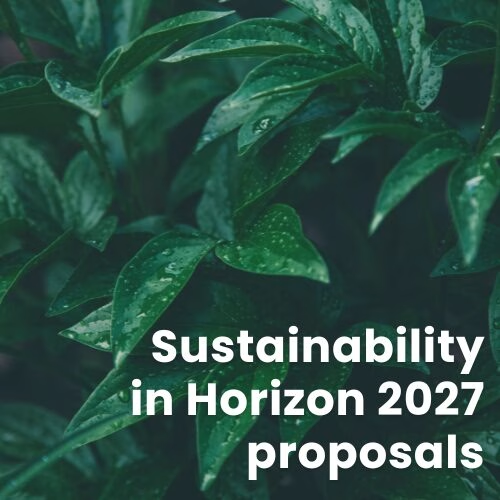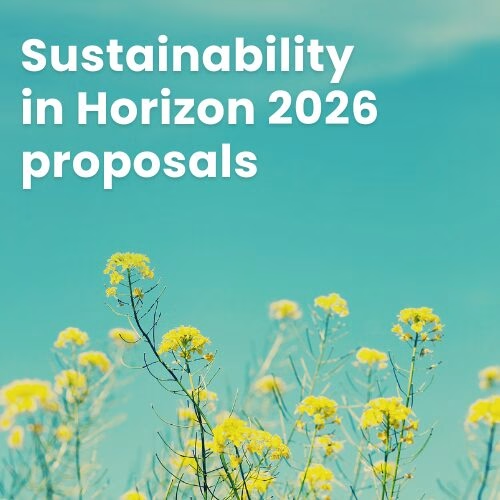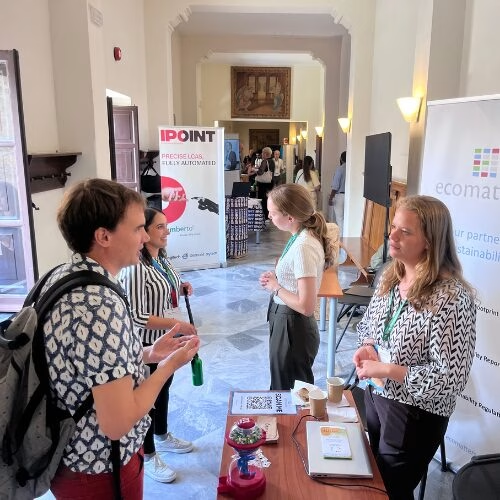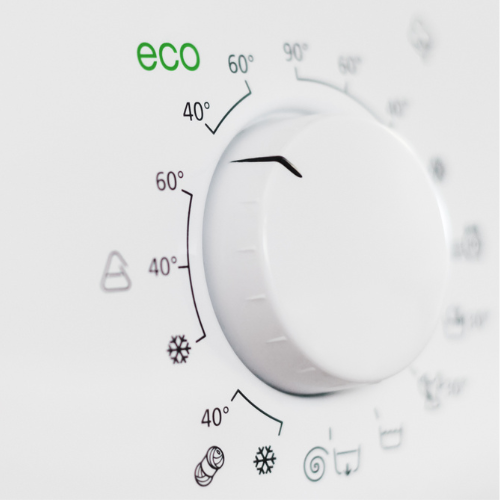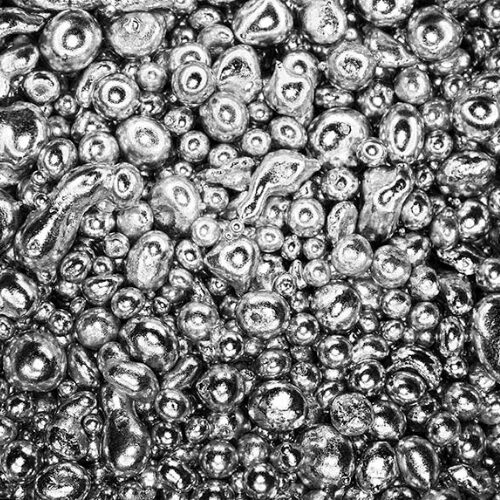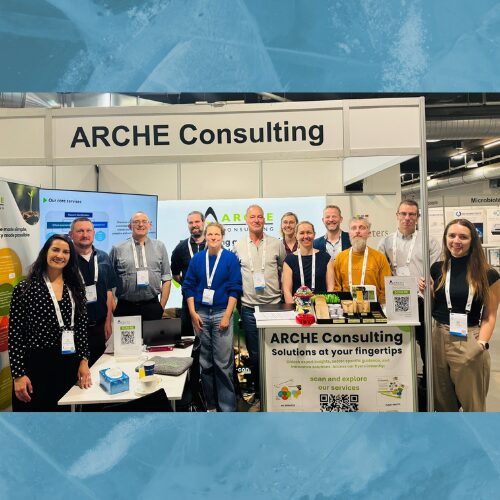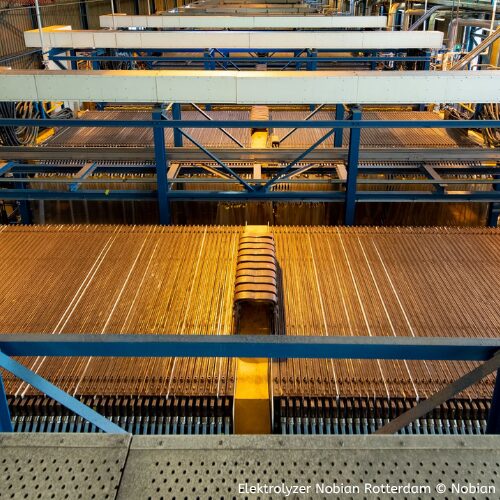In an effort to cement itself as a global climate leader, the European Union (EU) has set a target to reduce its carbon emissions by 55% by 2030 compared to 1990 levels. To help achieve this, the Carbon Border Adjustment Mechanism (CBAM) has been developed. The CBAM is designed to prevent EU-based companies from moving their production abroad where environmental standards are lower or importing carbon-intensive products from outside the EU. This issue is expected to worsen over the coming years due to a reduction in the number of carbon permits available through the EU Emissions Trading Scheme (ETS) causing a rise in the market price of CO2 per ton. The CBAM intends to address this issue by placing a carbon price on imports.
What is the Carbon Border Adjustment Mechanism?
At the end of 2022, the European Council and the European Parliament reached an agreement on the implementation of the new CBAM. Aimed at preventing ‘carbon leakage’, where EU-based companies move their carbon-intensive production to countries with lower environmental standards or switch out their EU products with more carbon-intensive imports, CBAM enforces EU importers to pay the same carbon price as goods produced domestically within the EU. Importers, however, will not have to pay this if they can prove that they have already paid a price for carbon in the country of production.
Which industries are included in the Carbon Border Adjustment Mechanism?
To begin with, the CBAM will only be applied to goods deemed to be at high risk of carbon leakage. These are iron and steel, cement, fertiliser, aluminium, and electricity generation. However, starting in 2030, the inclusion of organic chemicals and polymers will be considered.
When will the Carbon Border Adjustment Mechanism be implemented?
The CBAM will be introduced gradually, with a transitional phase beginning in October 2023. From then on, importers falling within the scope of CBAM will have to report quarterly on the direct Greenhouse Gas (GHG) emissions embedded in their imports. Only after the transitional phase has ended, in 2026, will importers be required to begin paying a financial adjustment. They will also be required to submit an annual declaration covering the type and quantity of imported goods, total embedded emissions and the number of CO2 certificates to be surrendered.
How does it tie in with other EU directives?
The CBAM is part of the EU’s ‘Fit for 55’ legislation package, in which existing EU legislation will be revised and updated, and new initiatives implemented, in order to achieve the EU’s goal of reducing net GHG emissions by 55% by 2030. In alignment with the CBAM, Fit for 55 will see an update to the EU emissions trading system (ETS) in which the free allocation of carbon emission allowances is phased out between 2026 and 2034 for sectors covered by the CBAM. The ETS will also be expanded to cover maritime transport and, from 2026 onward, non-CO2 emissions like methane and N2O. The CBAM and the ETS are designed to complement and work in parallel with one another, however, unlike the ETS, CO2 certificates cannot be traded.
What this means for you and how can Ecomatters help?
With the implementation of the Carbon Border Adjustment Mechanism happening later this year, EU importers falling under the new regulations should prepare to report on the embedded GHG emissions from October 2023 onwards. Preparation can include understanding your reporting requirements and internal capacity to meet these, establishing processes and systems to collect data of sufficient quality, and seeking out expert advice.
Ecomatters works closely with industries either currently included within the scope of CBAM, or expected to fall under CBAM in the future, and has extensive sustainability reporting experience. Therefore, if you require support in calculations required for the new CBAM or establishing sustainability reporting within your company, please get in touch and we will be happy to assist you.
